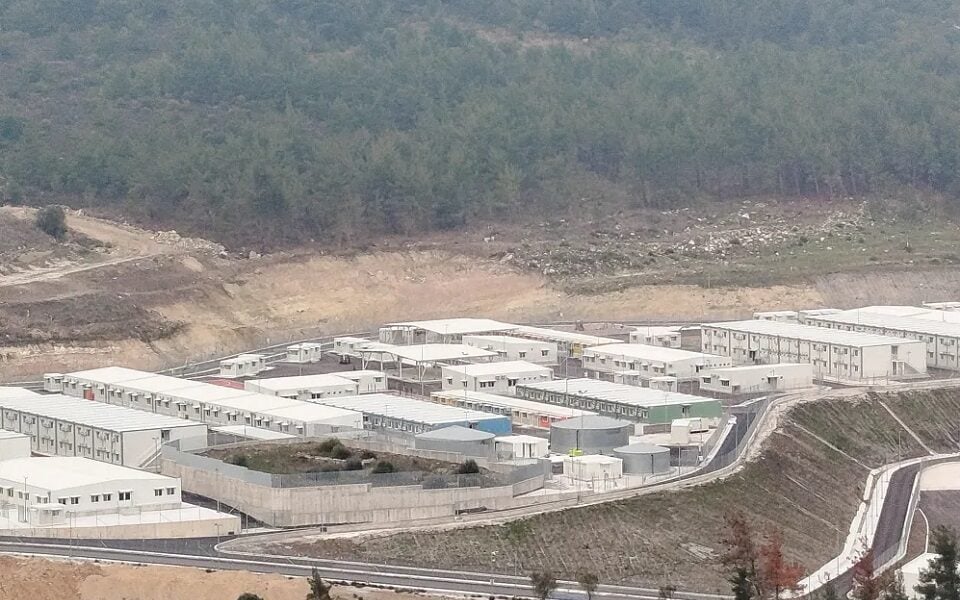A new European Union-funded migrant camp on the Greek island of Lesvos is causing serious concern among locals and environmental experts who warn that it could lead to devastating wildfires. The Vastria pine forest, where the new facility is being built, is the last major forested area on the island and highly flammable. Now, with nearly 24 hectares already cleared to make space for prefabricated buildings, many fear the project poses a grave threat to both the environment and public safety.
The new camp, known as the Closed Controlled Access Center, is designed to hold around 5,000 asylum seekers and is surrounded by barbed wire, advanced surveillance, and located near a landfill. Critics, including local officials and NGOs, describe it as a “prison in the forest.” They argue that the remote location—45 minutes from the nearest hospital in Mytilene—makes it hard for emergency services to reach quickly in case of fire.
The forest where the camp sits is not only vital to Lesvos’s ecology but also extremely vulnerable. According to a forestry expert, the volcanic soil beneath the pine trees makes the area one of the most flammable ecosystems in the Mediterranean. With more frequent heatwaves and droughts linked to climate change, experts say recovery from any fire could take decades, if not longer.
Why are locals so worried?
The memory of the deadly fire at the now-closed Moria refugee camp in 2020 still haunts many residents. Moria experienced over 240 fires between 2013 and 2020. Lorraine Leete from the Legal Center Lesvos noted that poor conditions and limited access to safe cooking or reliable electricity often lead to fires in refugee camps. Now, residents fear history may repeat itself with the new facility.
Who is responsible?
Although the camp is part of a broader EU effort under the 2026 Pact on Migration and Asylum, Greek authorities are ultimately in charge of ensuring safety, legal compliance, and environmental protection. An EU spokesperson stated that Greece was expected to meet all necessary standards before construction, including obtaining permits and conducting fire risk assessments. However, local leaders argue this has not happened. They claim the environmental assessment was done after building had already begun, which could be a violation of legal procedures.
Further complicating matters, the site is close to a Natura 2000 protected zone that shelters rare species, including migratory birds like the black vulture and the endangered Kruper’s nuthatch. The Mytilene municipality submitted an appeal showing that the camp’s construction may have bypassed essential environmental laws and endangered EU-protected habitats.
So, what happens next?
Although the Vastria camp is nearly completed, the future remains uncertain. A ruling from Greece’s top administrative court is expected soon on whether the project violated environmental laws. Meanwhile, many residents continue to protest the government’s actions, feeling their voices were ignored in favor of meeting EU migration targets.
The Greek Migration Ministry has remained silent on the matter despite multiple requests for comment. But in 2023, its then minister said the new camp was part of “European solutions” to the migration challenge. For now, however, many locals are left fearing that these solutions could come at a dangerous cost.
Tips and Recommendations:
- Environmental assessments should always be completed before any construction begins, especially in fire-prone areas.
- Greater transparency and community consultation can reduce opposition and foster better planning.
- Fire prevention infrastructure must be a priority in refugee camp designs, particularly in vulnerable regions.
- EU and national authorities should consider less risky locations for future facilities and prioritize both safety and sustainability.

